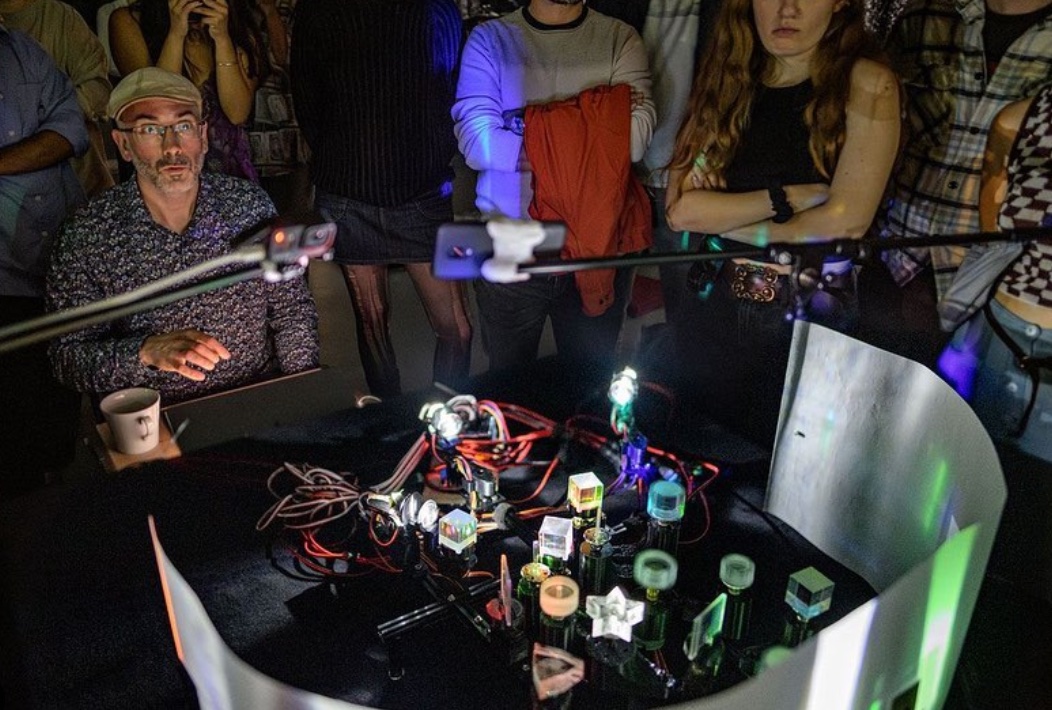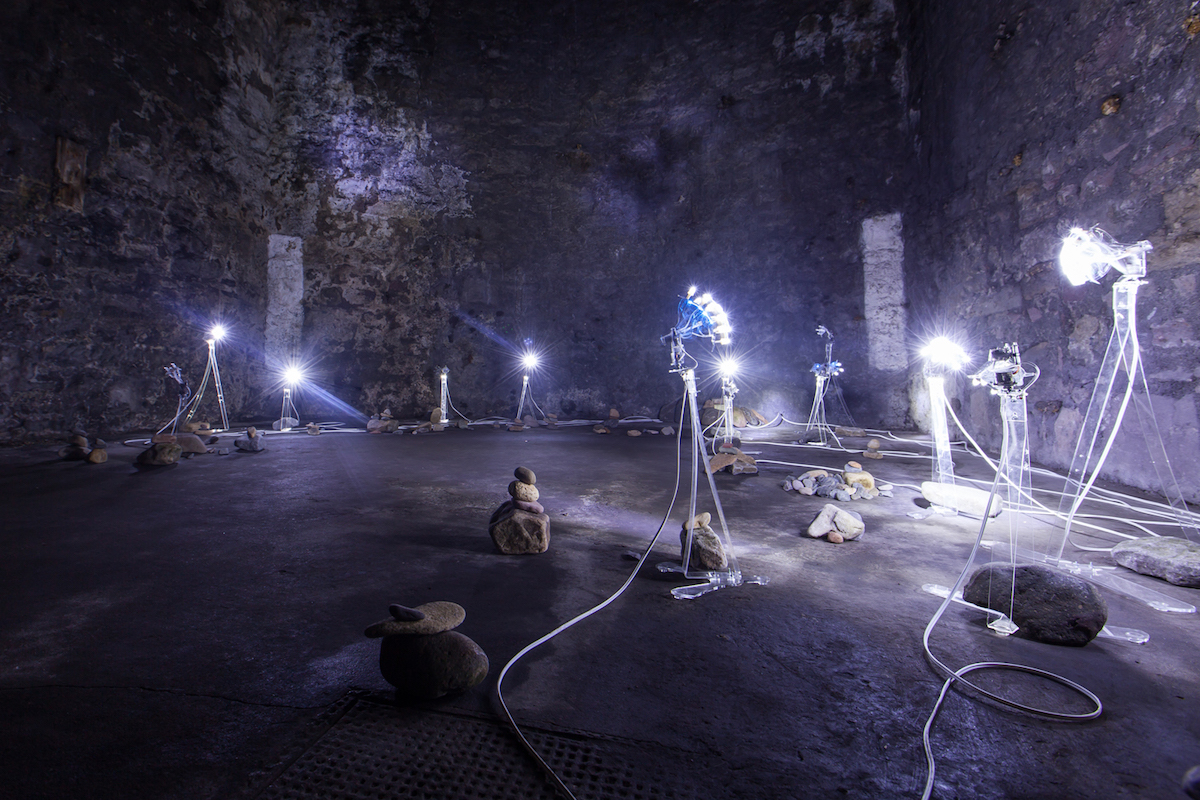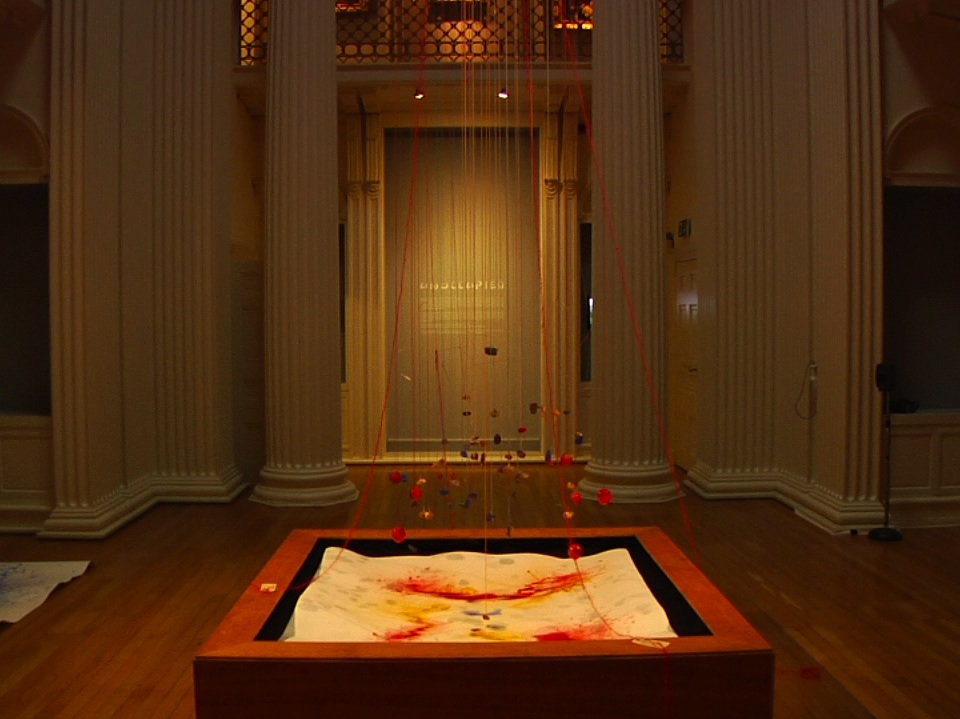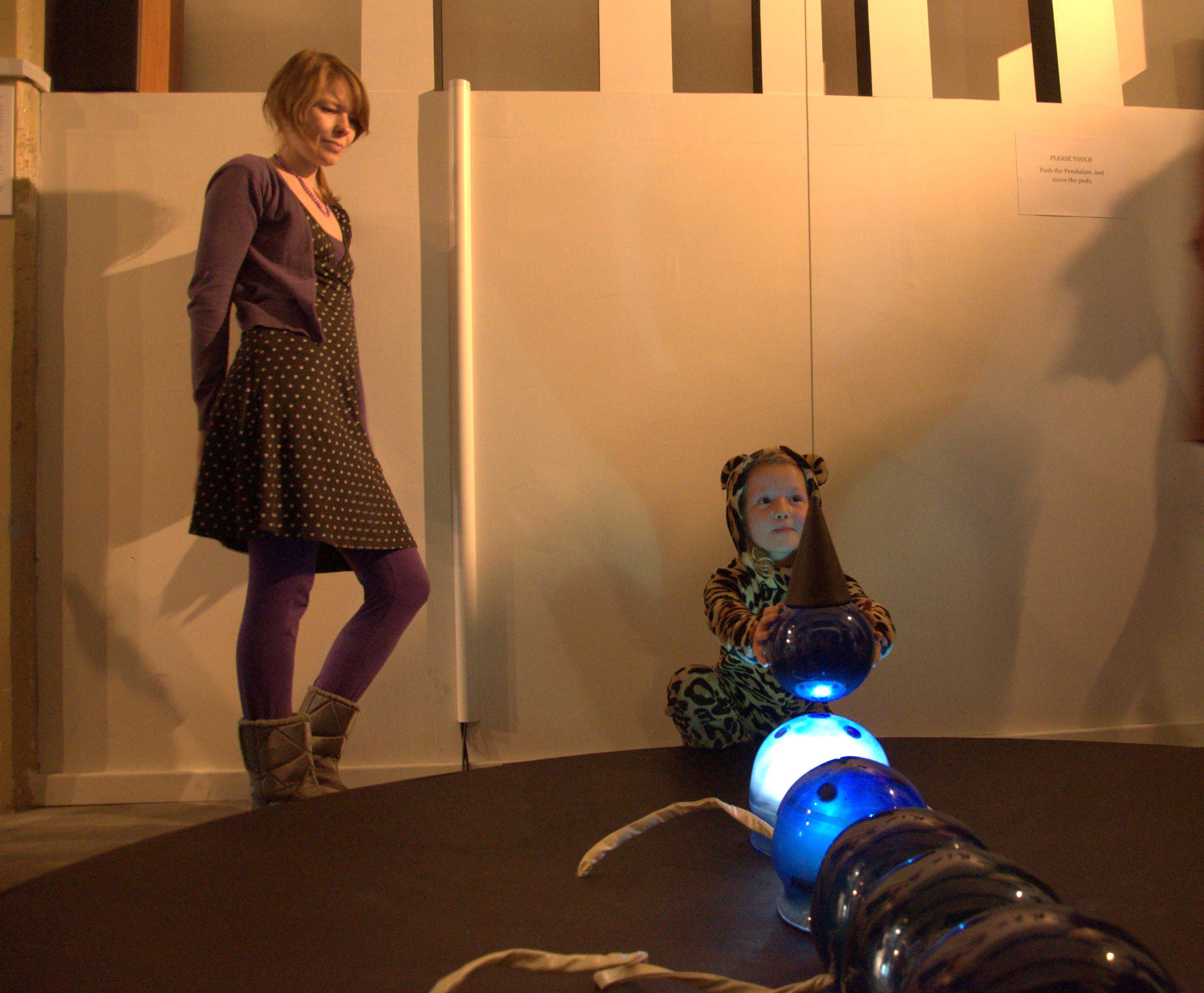Arts
I am an academic, artist and musician, exploring the relations that emerge when humans and technology become entangled. I work with metaphors, prototyping, speculation, tinkering and mess to re-think technological propositions, whether robots, intelligence, music or distributed systems. My interactive installations have won the Lumen Prize for AI and Art as well as a people’s choice New Technology Art Award, and have been shown at ZKM Karlsruhe, Athens Art Fair, Kinetica, Talbot Rice Gallery. I blend creative practice with technological research, winning a best paper at Human Robot Interaction 2024 for speculative design work around a robotic artwork and showing design work at Tate Exchange. I have also curated residencies and exhibitions exploring the connections between art and data and exploring art and AI at Inspace gallery in Edinburgh. I am part of the Experiential AI/New Real group, and have spoken at ZKM, Ars Electronica, Conflux festival and more, making links between the various practices of AI, art, music and design.
(formal artists bio at bottom of page)
Works
Artificial Otoacoustics
 (photo credits to Pieter Kers https://beeld.nu/)
(photo credits to Pieter Kers https://beeld.nu/)
Artificial Otoacoustics is an investigation into a physical deep learning synthesiser with an unconventional soundmaking apparatus that comes to understand its noise making potentials.
Lichtsuchende
 Lichtsuchende, a collaboration with Rocio Jungenfeld, is a small society of robot sunflowers that interact by exchanging beams of light. Over the years, they have morphed from a study in distributed embodied algorithms into an exploration of what robot imaginaries might be.
Lichtsuchende, a collaboration with Rocio Jungenfeld, is a small society of robot sunflowers that interact by exchanging beams of light. Over the years, they have morphed from a study in distributed embodied algorithms into an exploration of what robot imaginaries might be.
Thawing Colours
 Thawing Colours is a collaborative piece with Rocio Jungenfeld, involving ice, pigment, wool, contact microphones and concatenative synthesis.
Thawing Colours is a collaborative piece with Rocio Jungenfeld, involving ice, pigment, wool, contact microphones and concatenative synthesis.
Chaodependant
 Chaodependant, in collaboration with Owen Green and Agelos Papadakis, investigates the use of technology to explore invisibly structured spaces, in particular the attraction and repulsion of magnetic fields. A pendulum hangs from the roof, with a magnet encased in glass as the bob. A circular base supports a collection of glass pods containing magnets, sensors and lights.
Chaodependant, in collaboration with Owen Green and Agelos Papadakis, investigates the use of technology to explore invisibly structured spaces, in particular the attraction and repulsion of magnetic fields. A pendulum hangs from the roof, with a magnet encased in glass as the bob. A circular base supports a collection of glass pods containing magnets, sensors and lights.
Outputs
Selected Shows and Awards
Papers
Artists Bio
Dave Murray-Rust is an Associate Professor at TU Delft in Human Algorithm Interaction Design, where he co-directs the AI Futures Lab and explores the relations that emerge when humans and technology become entangled. He blends creative practice with empirical and theoretical research, working with metaphors, prototyping, speculation and mess to re-think technological propositions, whether robotics, AI, music or distributed systems. As an artist, he has won the Lumen Prize for AI and Art as well as a people’s choice New Technology Art Award, and has been shown at ZKM Karlsruhe, NTAA, Athens Art Fair, Kinetica, Talbot Rice Gallery and Tate Exchange. He blends creative practice with technological research, winning a best paper at Human Robot Interaction 2024 for speculative design work around a robotic artwork. His technological musicking as one third of Raw Green Rust has been heard at key international venues including Sonorities, Convergence and Beyond festivals and more. He has also curated residencies and exhibitions exploring the connections between art, data and AI at Inspace gallery in Edinburgh. He is part of the Experiential AI group, and has spoken at ZKM, Ars Electronica, Conflux festival and more, making links between the various cultural practices of AI, art, music and design.